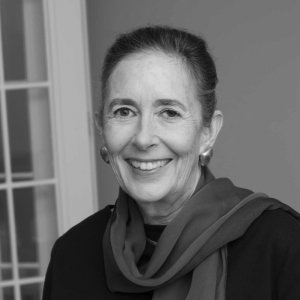Born in Rotterdam in 1904, Willem de Kooning moved to the United States in 1926. Together with Gorky, Pollock, Rothko and Kline, he was one of the leading pioneers of Abstract Expressionism, which marked New York’s replacement of Paris as the world’s capital of art.
De Kooning lived the longest of that group of painters and produced the most, continuing to create surprisingly daring images into the 1980s. Active in a variety of genres including figure painting, the female nude and landscapes verging on complete abstraction, he developed many different styles, each deeply personal and at the same reflecting movements of great importance in 20th-century American culture. De Kooning’s life, from embarking as a stowaway to the attainment of celebrity, repeats the classic American myth of the emigrant who crosses the ocean in search of a better life and experiences poverty, failure and success first-hand. On the basis of a decade of research including hundreds of interviews and a series of previously unpublished letters and documents, Mark Stevens and Annalyn Swann offer the first major biography of this complex and romantic figure.
De Kooning. L’uomo, l’artista is a living and richly detailed portrait and reconstruction of the painter’s life from the difficult years of poverty, instability and often violent family life in Rotterdam, the scene of his academic training and initial employment in decorative art, to his arrival in the United States, where he fought doggedly to establish himself as an American artist during the Depression. His early years in the United States are marked by the influence of Gorky, another immigrant, who was not only his mentor but also the role model who inspired his willingness to sacrifice everything to art. It was not until 1948 that his first solo show at the Egan Gallery revealed his talent to critics like Rosenberg and Hess, who vied with one another to champion his work and recognized him as a charismatic leader of the New York School, which was just beginning to make an international impact.
His stormy marriage to Elaine Fried, another renowned figure in the world of art, reached its crisis in the late 1940s and early ’50s. At the peak of his fame, de Kooning was caught up in a self-destructive spiral to the point of personifying the new American myth of the man destroyed by his own success. He spent his days painting powerful abstract works and provocative female figures, and his nights haunting the Cedar Tavern, talking to friends like Franz Kline and Frank O’Hara, womanizing, drinking and roaming the streets. In the 1960s, worn out by the feverish world of art and nearly destroyed by success, he retreated to the Springs on Long Island, where he painted an extraordinary series of lush pastorals followed by a vast body of haunting, ethereal late work. Until the end, afflicted by senile dementia, de Kooning remained the painter he had always been, spending the day in front of the canvas and never hesitating to destroy his creations in order to renew a constantly shifting style in accordance with his conviction that you have to change in order to stay the same.
Discover

